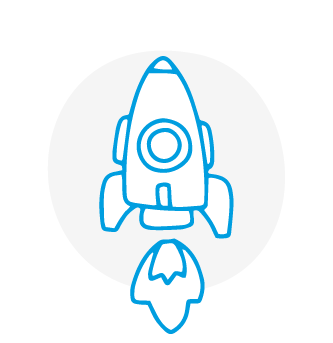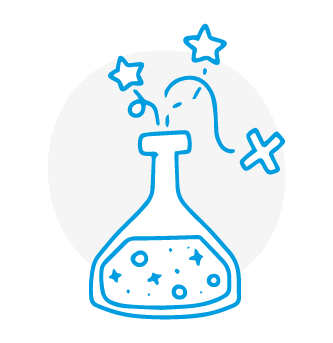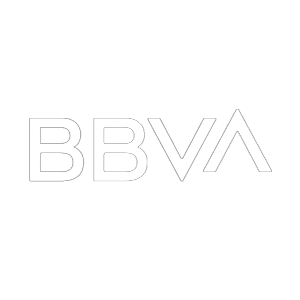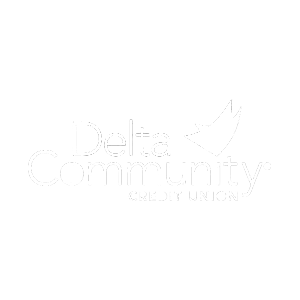People-Based Transformations
We help teams drive, promote, and lead their organization’s digital transformation through services that empower their professionals.
We help teams drive, promote, and lead their organizations’ digital transformation through services that empower their professionals.

Adaptive Organizations Week (18-21st oct.)
Who We Are
What We Do
Transform your work culture to be ready for a disruptive digital world.
Utilize talent as a key driver for digital strategy.
Digital
Talent
Promote a new peer-based learning culture.
Always
Learning
Agile
Transformation
What We Do
How We Do It
Our goal is to create a partnership with you in your transformation, guided by three interrelated principles: activating internal leadership, co-creation, and people-based transformation.
Netmind’s service and solution offerings utilize our frameworks, NextB® Learning and NextB® Change, to develop talent, transform work models, and drive powerful cultural changes.
Transformation
Tools
Transformation
Solutions
How We Do It
Our goal is to accompany you in your transformation based on four basic principles:

Focus on people

Co-creation

Internal leadership

Experimentation

Focus on people

Co-creation

Internal leadership





















